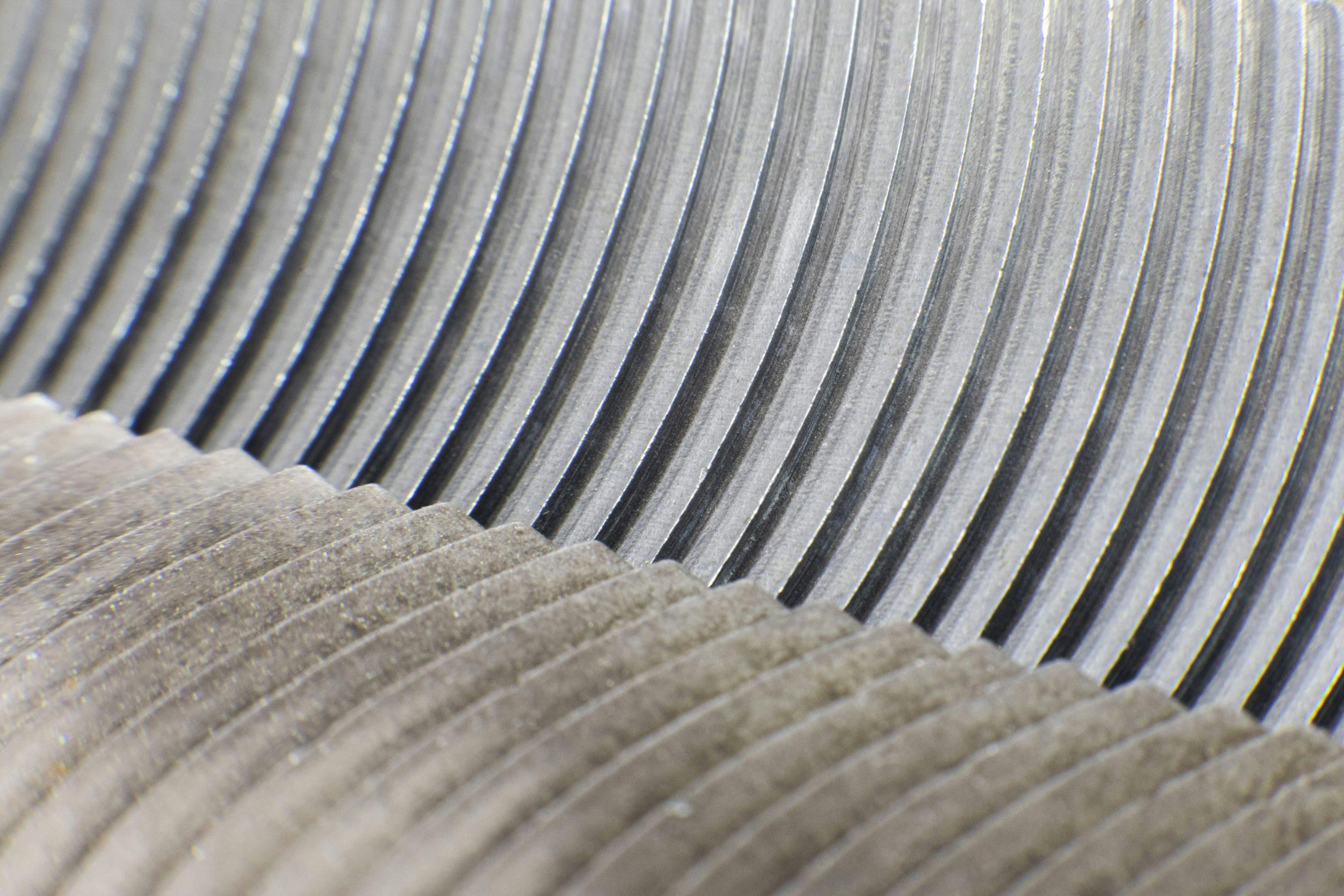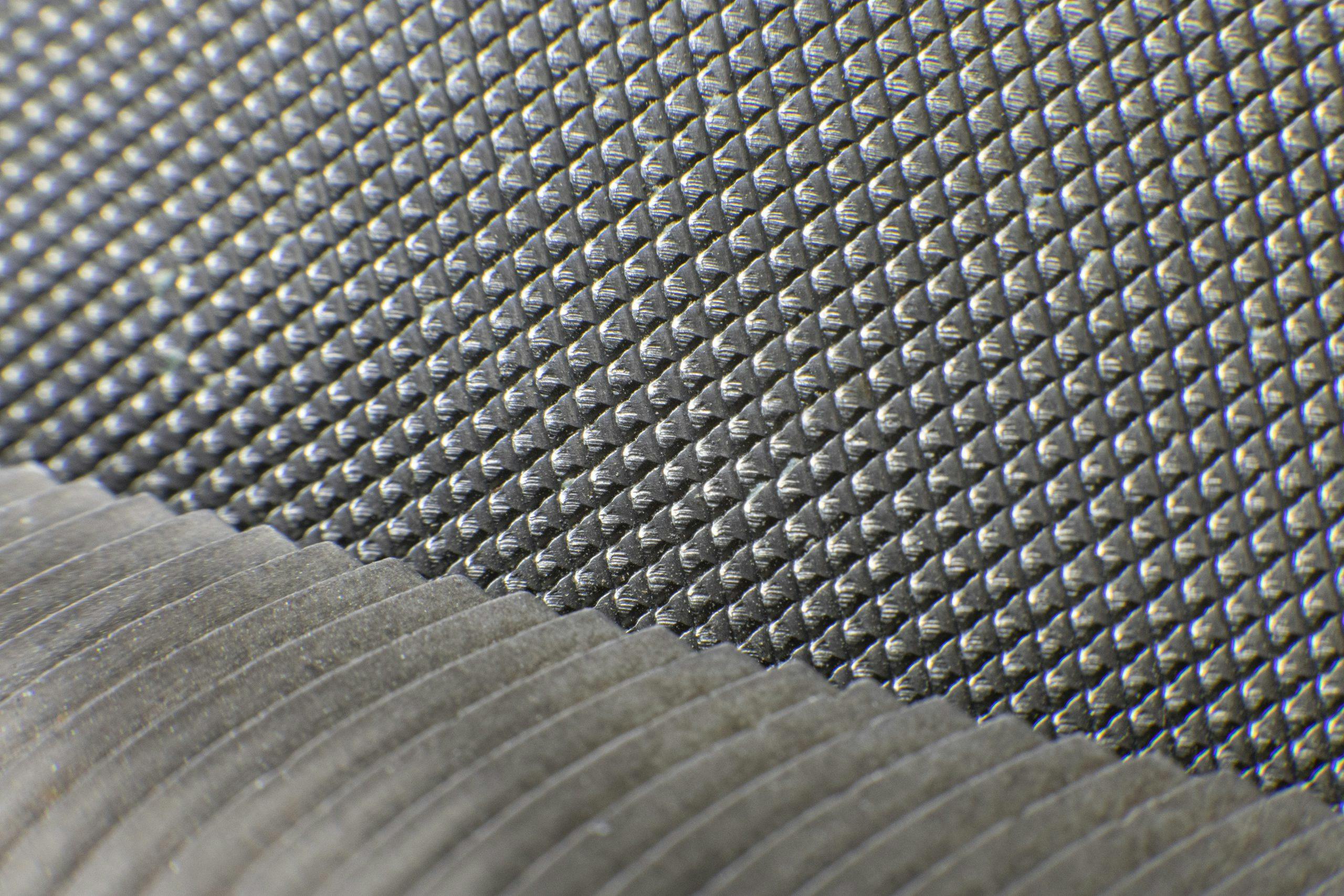Nothing knocks the edge off like a good file
Get past the precursory hand tools in your toolbox and there is suddenly a massive shopping list of bits and bobs that claim to make your life all manners of magical. The fact of the matter is that more than likely you still need a couple very unsexy tools in your toolbox, but you just don’t know it yet. We’re here to help. Among the must-have items for every DIY garage dweller is a set of files.
No, we aren’t talking about those files you keep in a credenza under the workbench for quick access during tax season. The files we’re talking about help you shift from merely replacing parts for your vehicle to making or repairing them. Fabrication is a superpower when used properly, and whether dealing with metal or plastic, a file can be your best friend for adjusting final fitments in a precise and clean way. So let’s take a look at what a file is and the different types available.
What they do

A file is a chunk of hardened steel with small serrations machined into the surface. These act the same as teeth in a saw blade, but instead of cutting to separate, they remove material in a broader pattern. Depending on the shape of the file, it could be removing to flatten stock, or round to shape inside a tube or fitting. The coarseness of the serrations is measured and labeled by “cut grade,” but it boils down to teeth per inch, just like saw blades. The most common grades are bastard, second cut, and smooth. Use each appropriately and not only will you get a great finished surface, you will likely have a cleaner and less-cluttered workspace than if you used a grinder or other means of brute force shaping.
Lets take a look at each of the file types and how you would use them:
Bastard
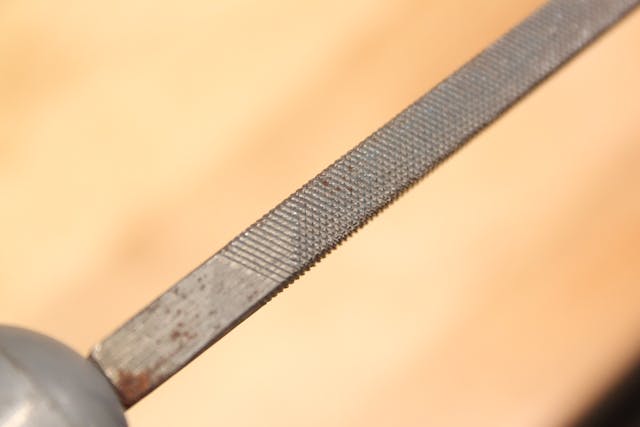
Yes, that really is the name. These are the coarsest files and remove the most material with each cut. The bastard should be a staple in any DIY toolbox, as it can remove material quickly. This comes in handy if you are fabricating a piece and need to shape it, need to knock a rough edge off something, or just need to remove casting marks or burrs from a purchased part. Light usage can yield a reasonably smooth result, but if you want a finished look, you need to step up the second cut.
Second Cut
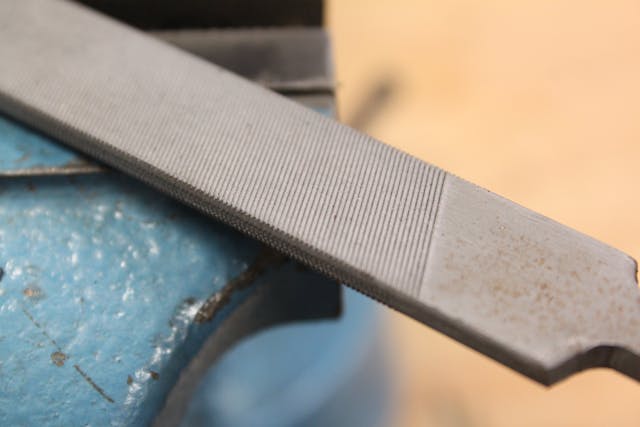
Thinking in teeth per inch, the second cut is markedly finer than the bastard. These can still remove a decent amount of material when used aggressively, but more importantly can leave a finished surface on most materials. If you want a do-it-all in your toolbox, this is the place to start. Just make sure to take care of this file, as the finer nature makes it more likely to dull and become ineffective with improper use.
Smooth Cut
Think of this as a purely finishing file. Removing the marks left by heavier cutting tools and making final fitting adjustments is the perfect use for a smooth cut file. This tool will take your fabrication projects to the next level, as that final touch of fit and finish can really elevate a completed project to art, or at least ensure perfect catch-free smooth function.
Maintaining your files
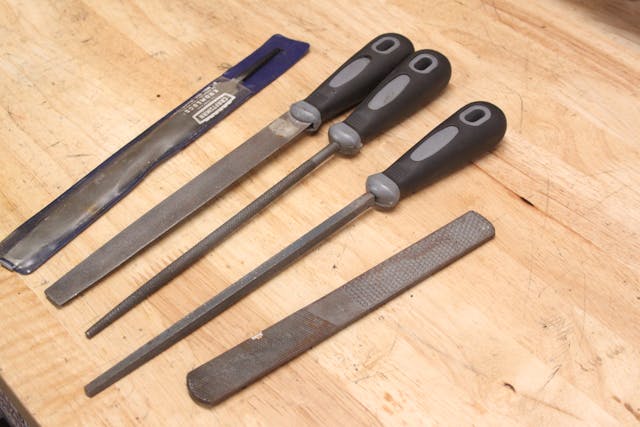
Much like other cutting implements, sharpness is maintained through careful and proper use. There are single cut files that are a single row of parallel teeth and should only have pressure applied in the cutting direction. Drawing back in the opposite direction serves to do nothing but dull the file. Double cut files have a crosshatch appearance and can be both pushed and pulled to remove material from your project. Keep files in a place where they will not be dropped and damaged. The hardened steel used to construct files is also quite brittle, so do not be tempted to use one as a hammer or prybar just because it is close by. Also, be sure to use a wire brush to remove any built-up cuttings or debris from between the file teeth in order to keep them cutting consistently and evenly.
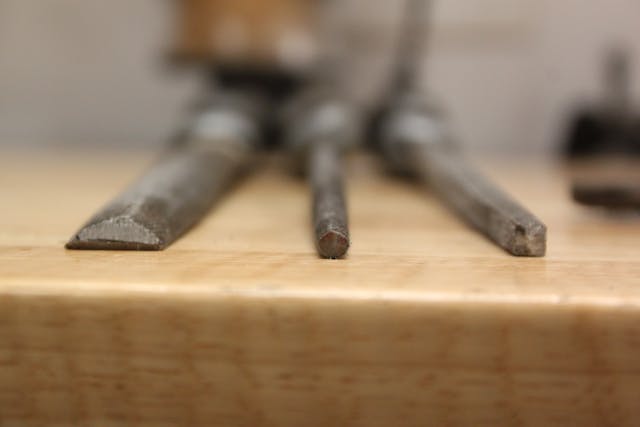
There is a seemingly infinite number of files you can purchase, and much like a few of the other tools in your toolbox you will end up with a whole stash over time. Considering that with proper care and feeding they rarely wear out, view files as an investment in your projects and skills. Buy once, cry once, and take care of them.
Tell us what other tools you think are important for every home DIY enthusiast in the Hagerty Community below. What’s one tool you just can’t live without, even though you might only use it every now and then?
